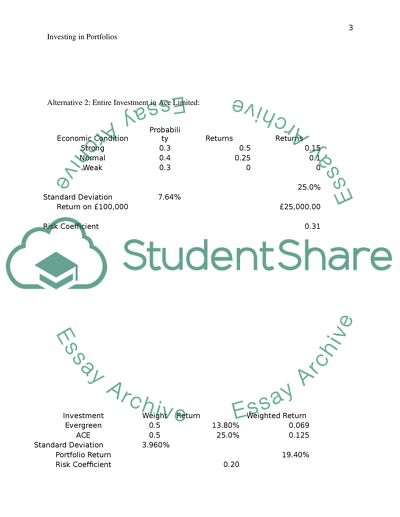Cite this document
(“Investing in Portfolios and CAPM Essay Example | Topics and Well Written Essays - 2000 words”, n.d.)
Investing in Portfolios and CAPM Essay Example | Topics and Well Written Essays - 2000 words. Retrieved from https://studentshare.org/finance-accounting/1448432-portfolio-theory-and-capm
Investing in Portfolios and CAPM Essay Example | Topics and Well Written Essays - 2000 words. Retrieved from https://studentshare.org/finance-accounting/1448432-portfolio-theory-and-capm
(Investing in Portfolios and CAPM Essay Example | Topics and Well Written Essays - 2000 Words)
Investing in Portfolios and CAPM Essay Example | Topics and Well Written Essays - 2000 Words. https://studentshare.org/finance-accounting/1448432-portfolio-theory-and-capm.
Investing in Portfolios and CAPM Essay Example | Topics and Well Written Essays - 2000 Words. https://studentshare.org/finance-accounting/1448432-portfolio-theory-and-capm.
“Investing in Portfolios and CAPM Essay Example | Topics and Well Written Essays - 2000 Words”, n.d. https://studentshare.org/finance-accounting/1448432-portfolio-theory-and-capm.


